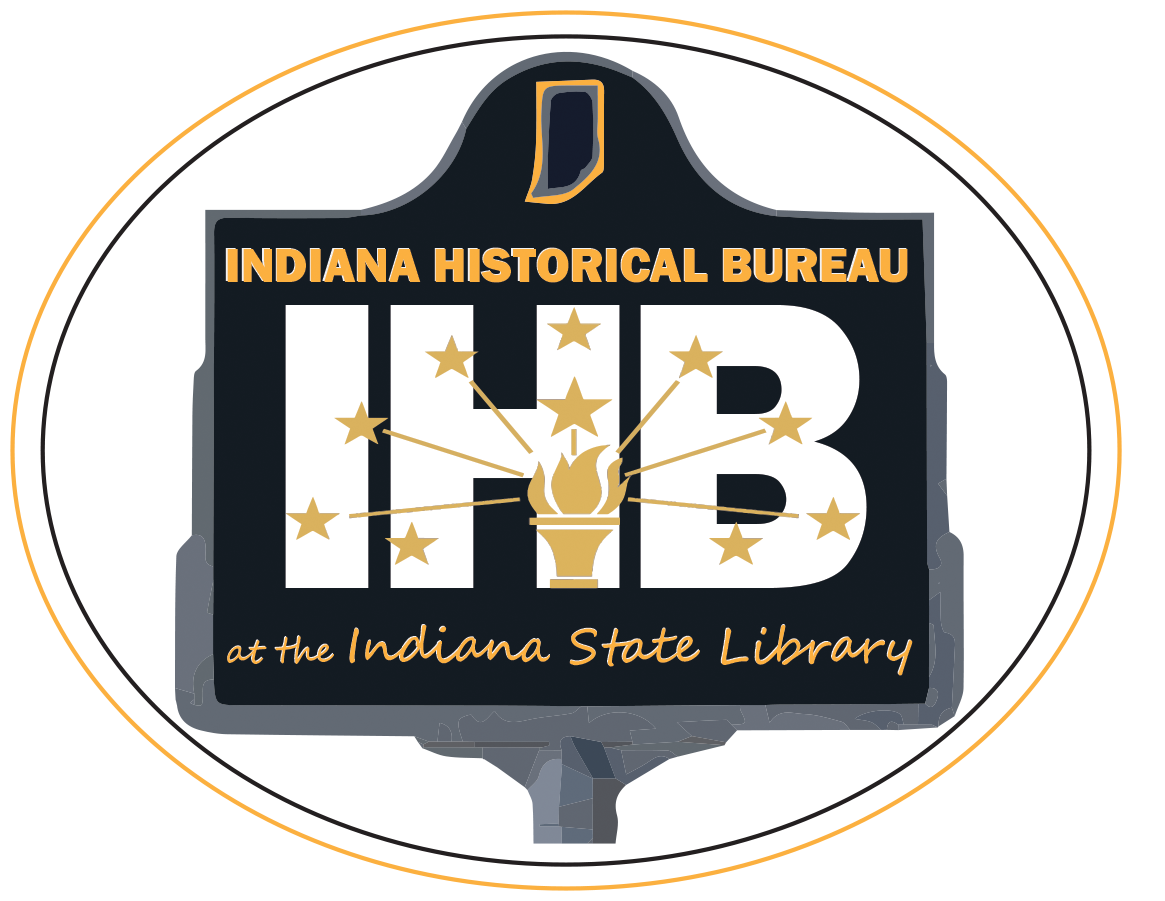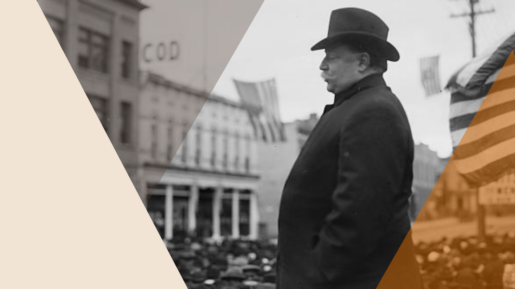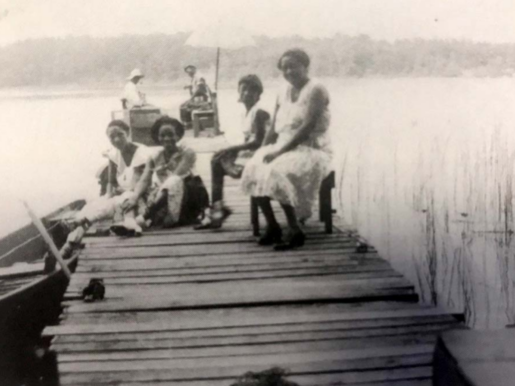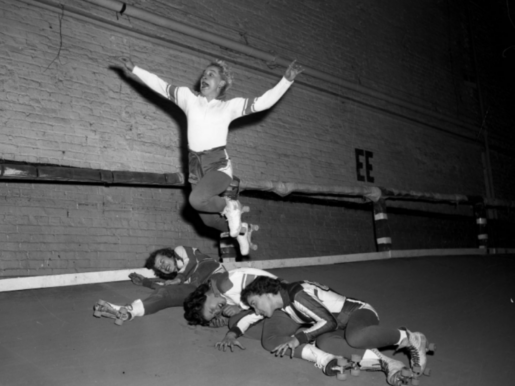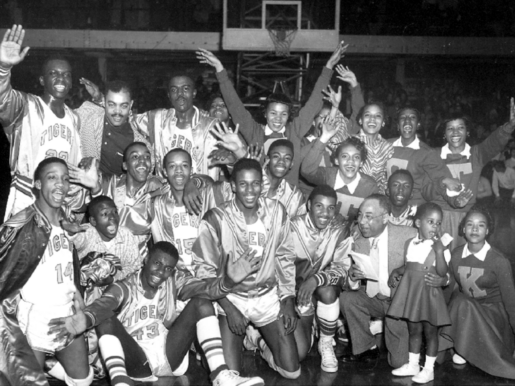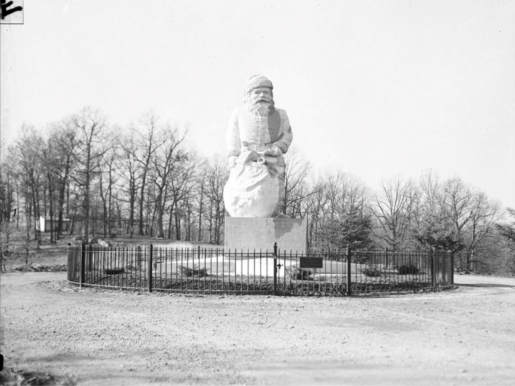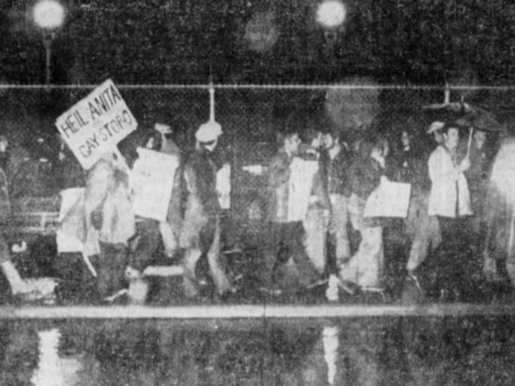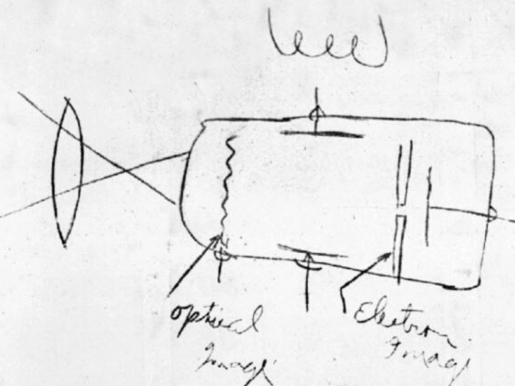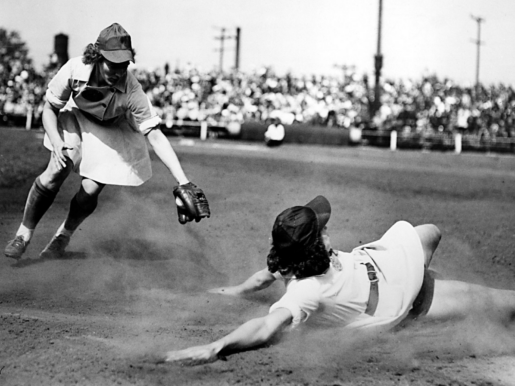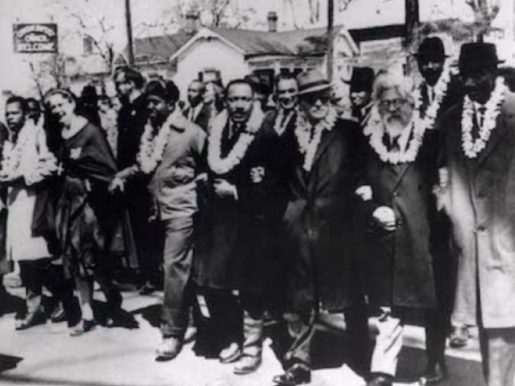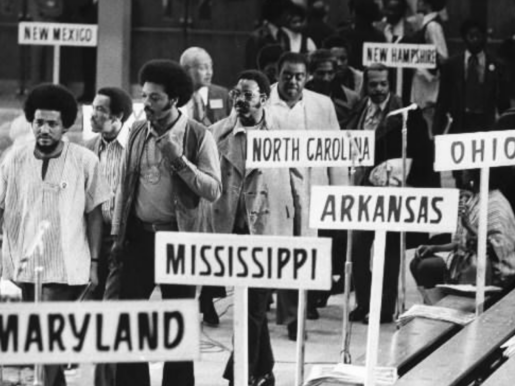George Ade, President Taft, and the Modern Political Campaign
In this episode of Talking Hoosier History, we visit the estate of writer George Ade where William Howard Taft launched his presidential campaign and changed politics forever. Learn about how campaigning has evolved, the origin of the “sound bite,” and Hoosier politician Samuel M. Ralston.
A Joyous Resistance: Fox Lake and Black Community Building
Fox Lake Resort provided Black Midwesterners with a refuge from the daily reality of living in a country gripped by Jim Crow. In this episode, we explore how Fox Lakers built their community and how they now are working to preserve it.
Monta Jean Payne and the “Roller Derby Mix Up”
In this episode, we skate through the history of the Roller Derby, and one Indianapolis woman’s stand out career as she and her family stage a strike at the height of her game.
Crispus Attucks: Challenging Segregation On and Off the Court
In this episode, we explore how Crispus Attucks High School went from being excluded from the Indiana High School Athletics Association to being the first all-Black school to win a high school state basketball championship in the nation.
Santa Claus, Indiana: “Where It’s Christmas Every Day”
“Nestled in the wooded hills of southern Indiana, lies a land of fantasy…where it’s Christmas every day.”
That place is Santa Claus, Indiana. On this episode, we take a tour of the oddly named Indiana town that embraces the holiday spirit all year round. Join us!
Petals, Not Pies: Queer Hoosiers Protest Anita Bryant
On October 14, 1977, gay rights activist Thom Higgins reserved his place in history when he threw a pie in the face of anti-gay crusader Anita Bryant during a Des Moines, Iowa press conference. When Bryant made her way to Indiana less than two weeks later for a rally, gay activists welcomed her not with a pie in the face, but with Hoosier kindness. In this episode, we examine Hoosier’s reactions to Bryant’s appearances in the state during the early years of the fight for gay rights.
Philo T. Farnsworth: Father of Television
Philo T. Farnsworth conceived of the idea for electronic television in the middle of an Idaho potato field at just 13 years old. At age 19, he produced the first functional prototype for his idea. For nearly three decades following that, he Farnsworth worked to bring his invention to the American home but was stymied every step of the way by financial, legal, and technological problems.
“The Dutiful Dozen”: The South Bend Blue Sox
For twelve seasons (1943-1954), over 600 women competed in the All-American Girls Professional Baseball League (AAGPBL). The South Bend Blue Sox, one of four original teams, showcased the ballplayers’ determination and athleticism during their 1952 season, when a player strike left the team with just 12 members days before the playoffs. This episode contextualizes the AAGPBL and Blue Sox within the larger history of women in sport, culminating in the Dutiful Dozen’s stunning 1952 championship.
“I Did Not Walk Alone:” The Civil Rights Work of Rabbi Maurice Davis
In 1965, at the height of the Civil Rights Movement, Reverend Dr. Martin Luther King, Jr. called for religious leaders representing all faiths to join him in Selma, Alabama, for a march responding to recent violence against peaceful protestors. Rabbi Maurice Davis of the Indianapolis Hebrew Congregation (IHC) answered this call, despite threats to his life. This episode looks at the work of Rabbi Davis to fight segregation and discrimination in Indianapolis, especially in housing and employment. It also considers why Jewish Americans joined the Black-led Civil Rights Movement in greater numbers than other groups and what lessons his work teaches us today about allyship and interfaith work for greater rights for all Americans.
“Tribe Come Home:” The 1972 National Black Political Convention
Thousands of Black Americans from around the country came to Gary, Indiana, for the 1972 Black National Political Convention to transform the Black Power Movement into the Black Political Power Movement. Leaders worked to channel collective outrage – caused by voter suppression and discrimination, as well as the assassinations of major Civil Rights leaders – into political reform.
